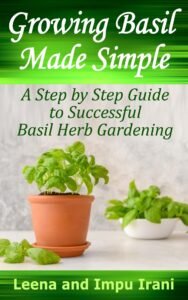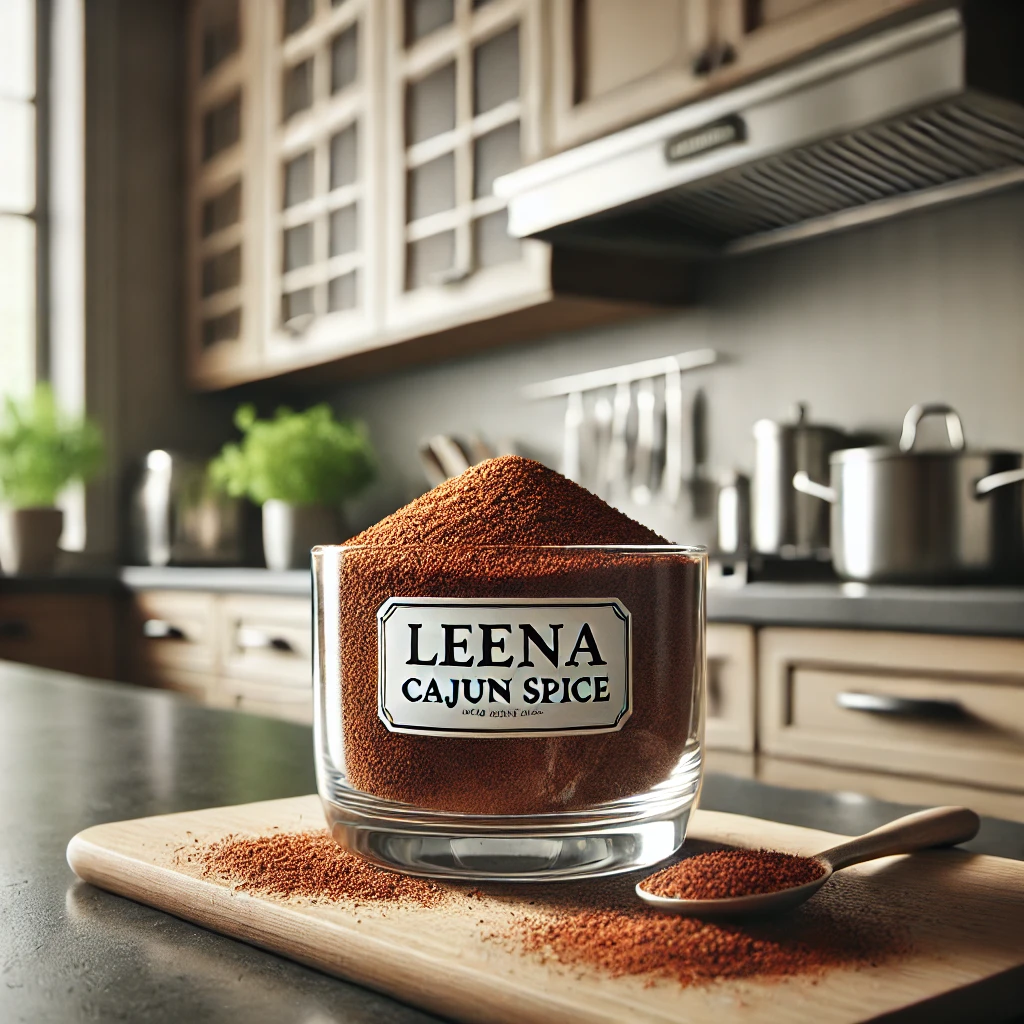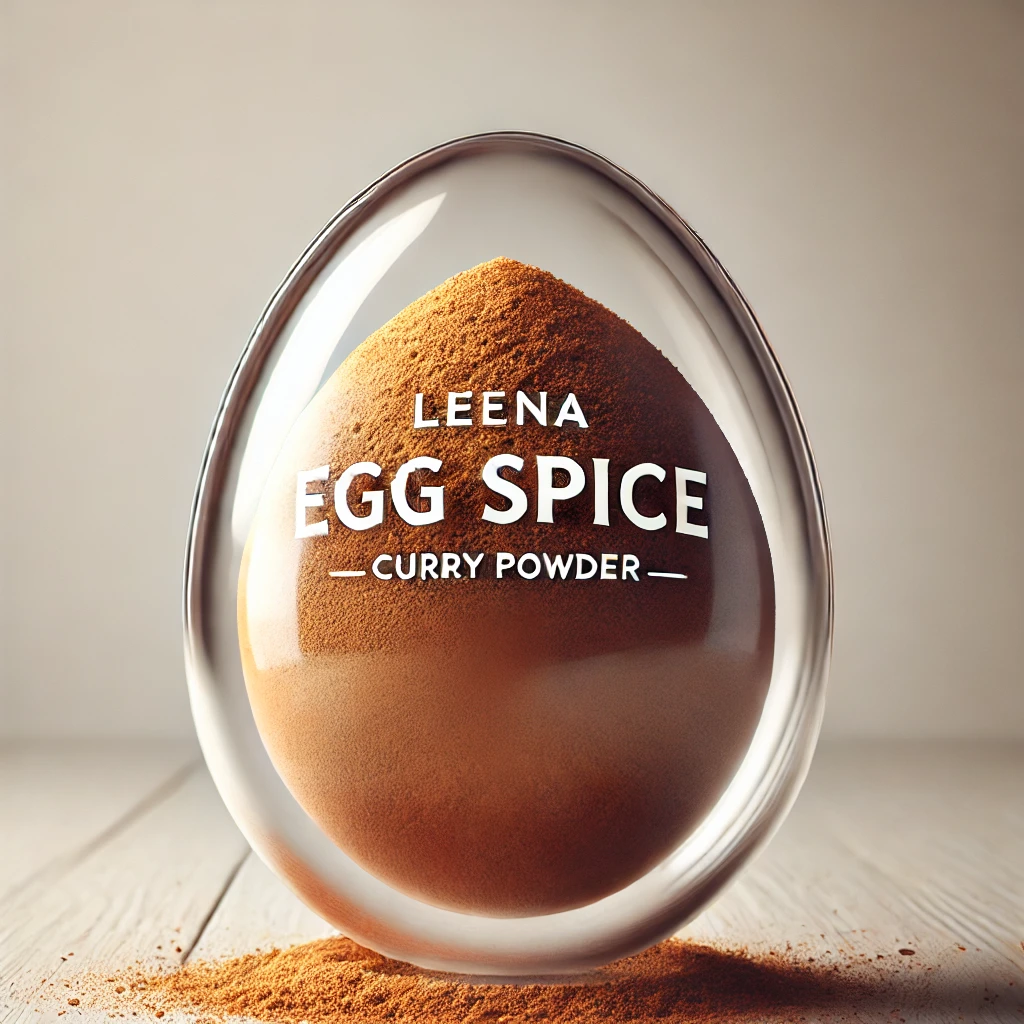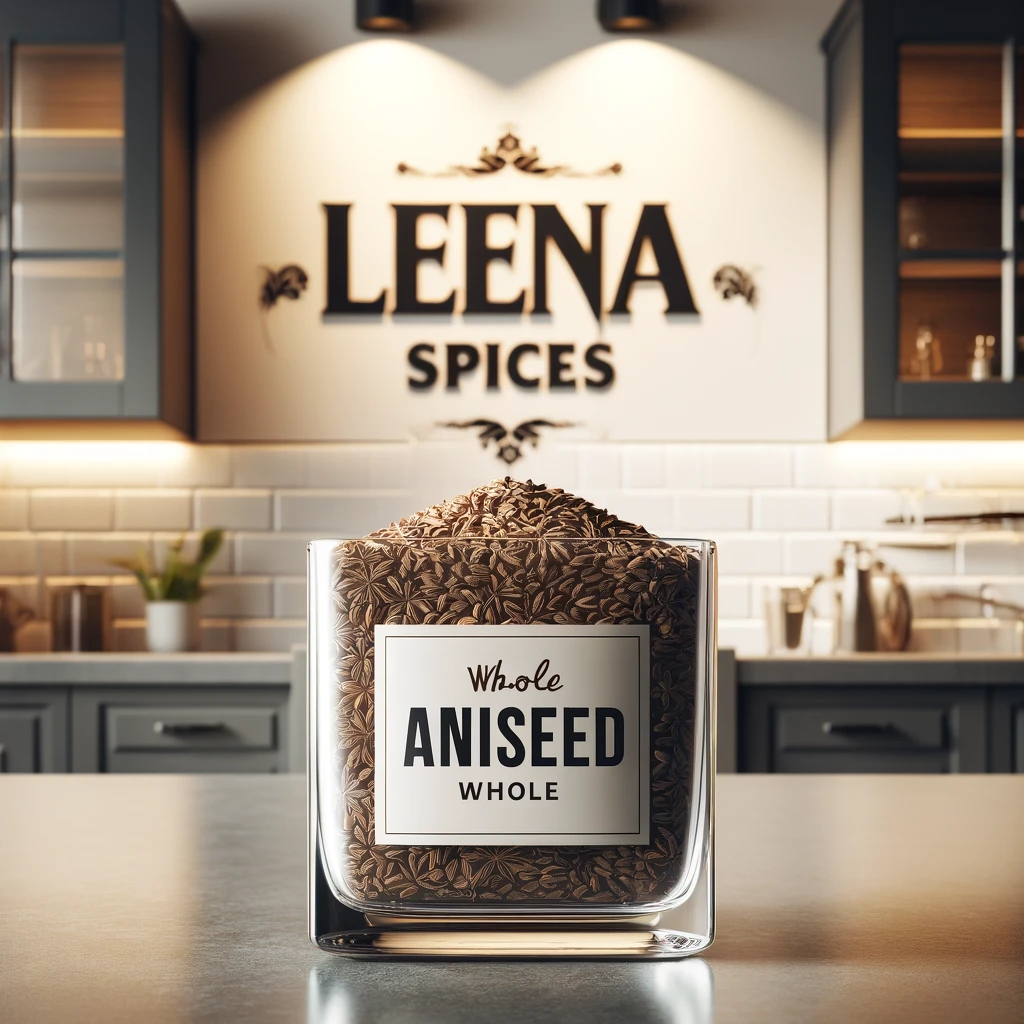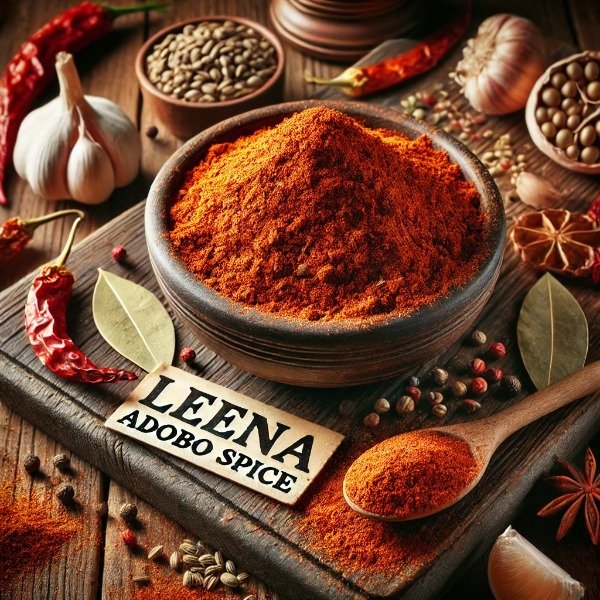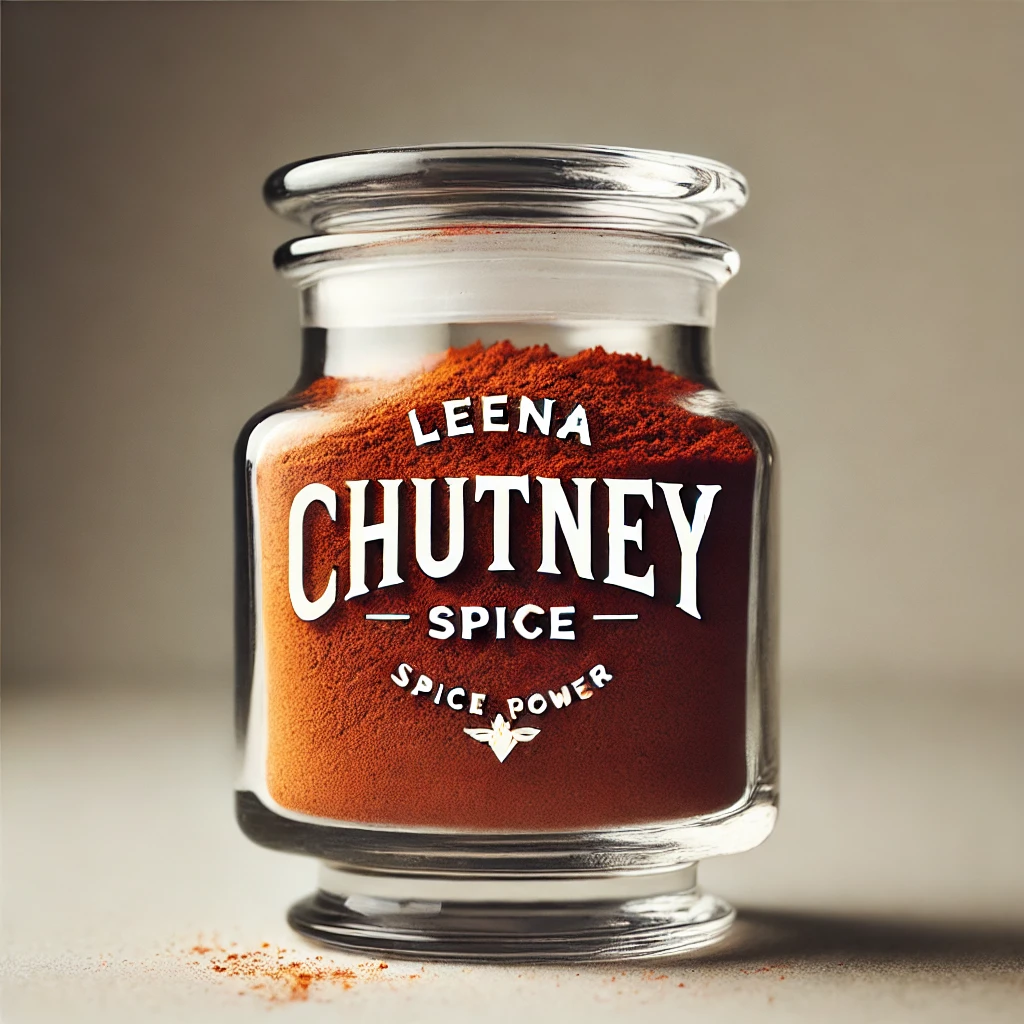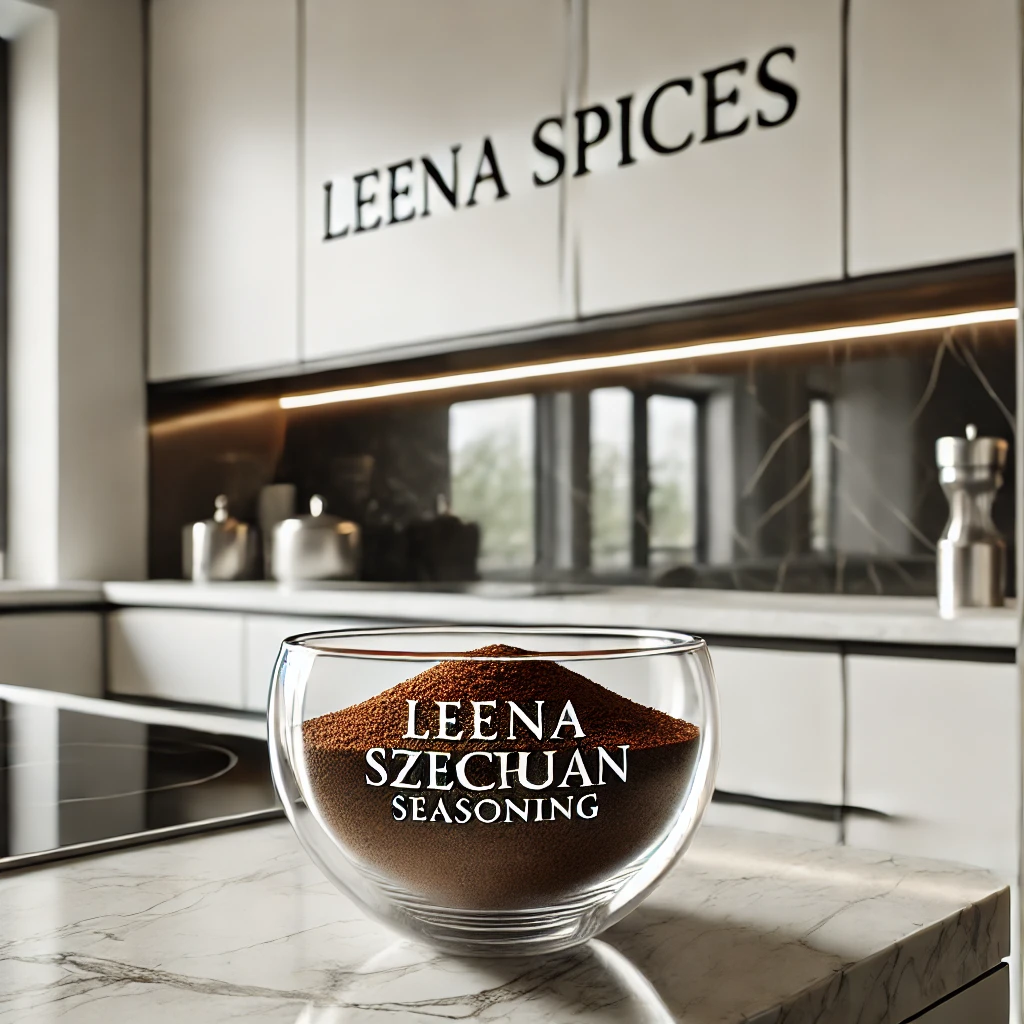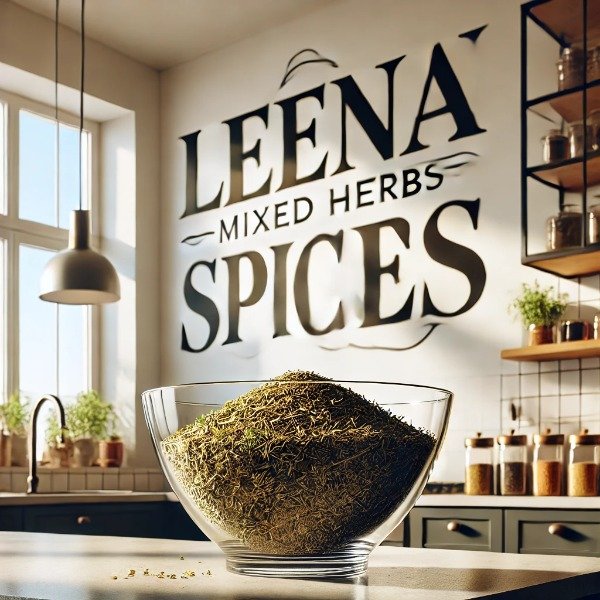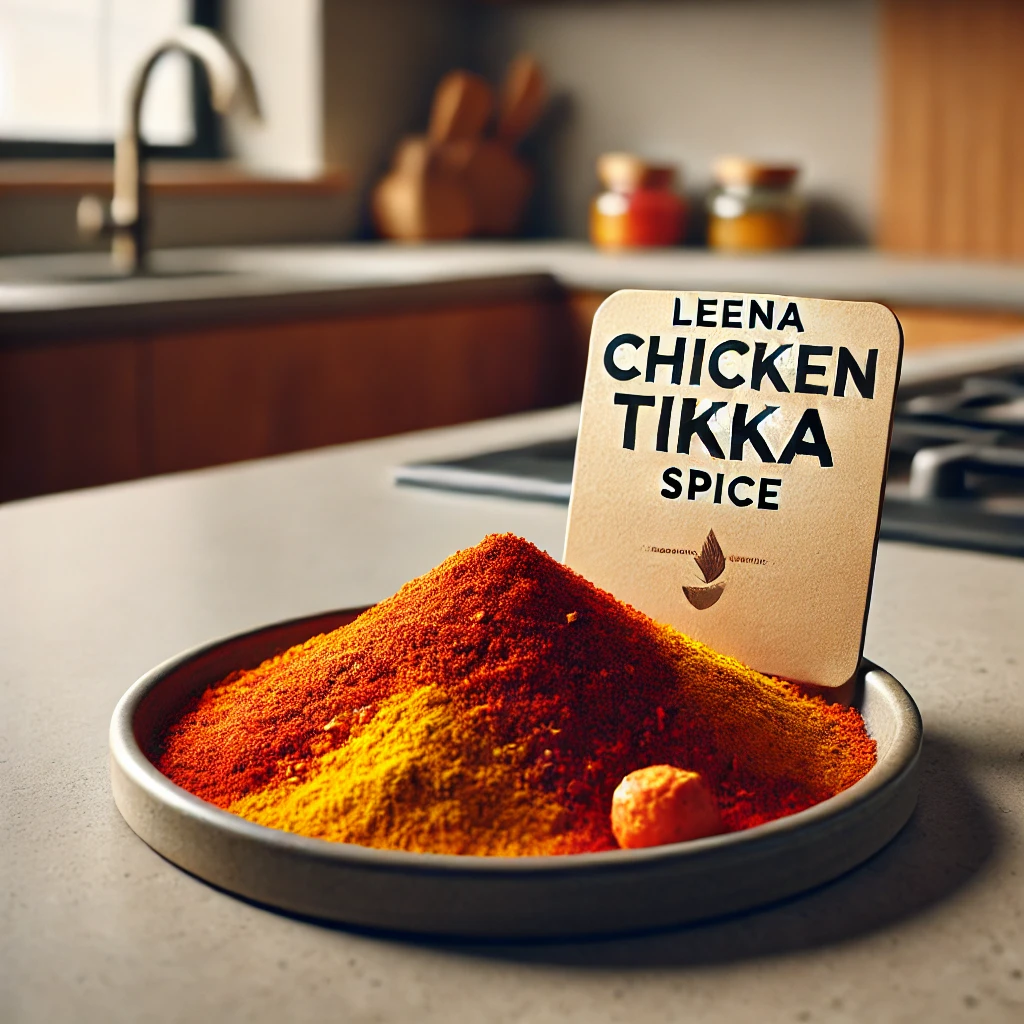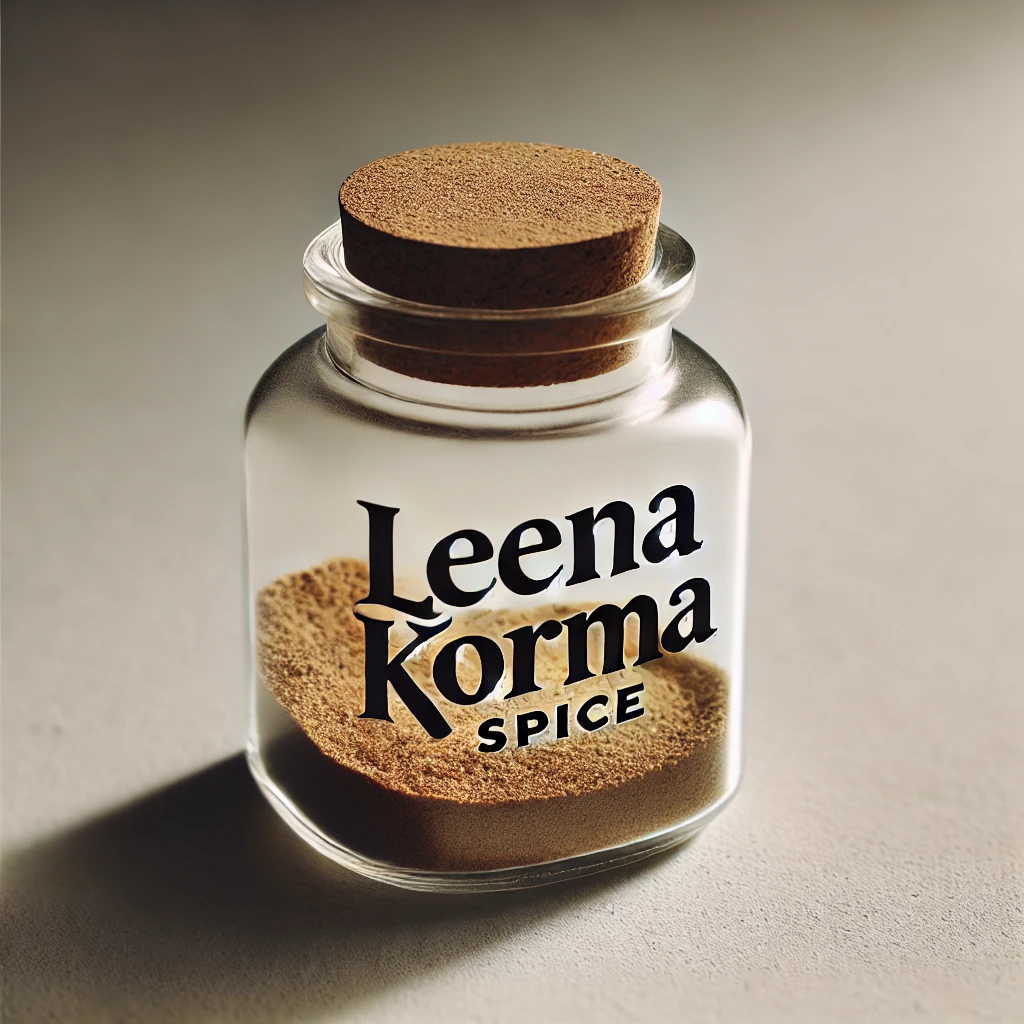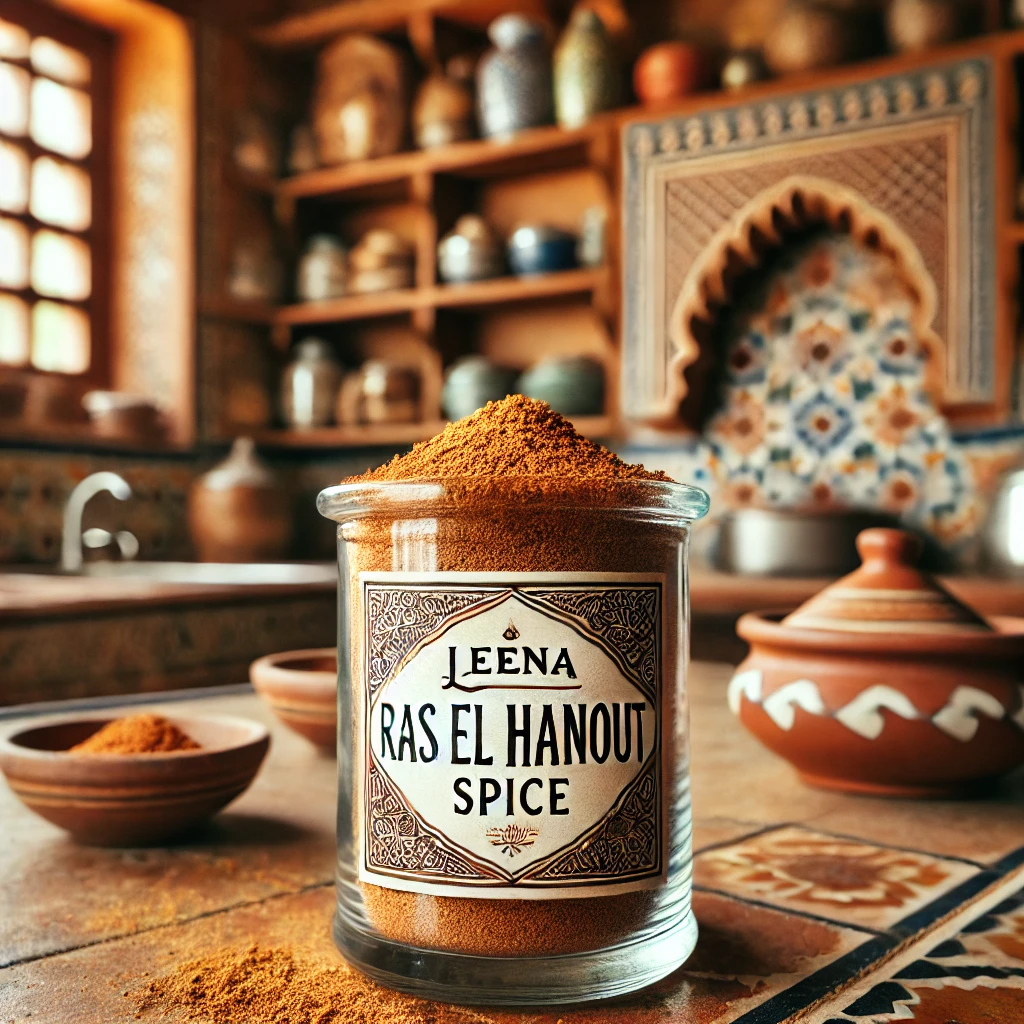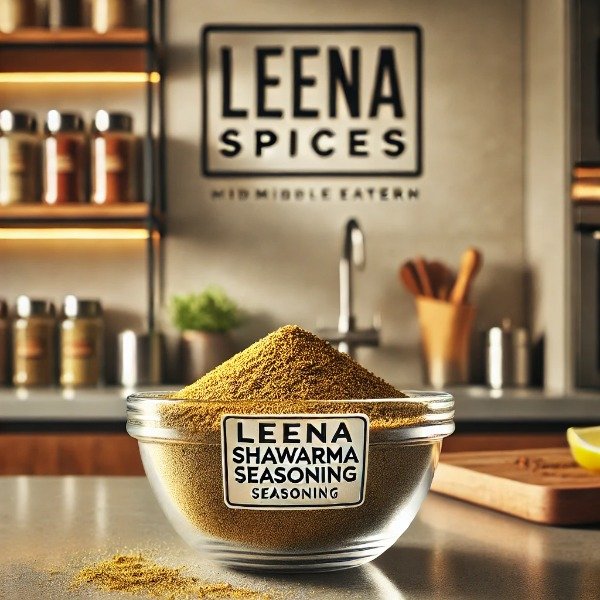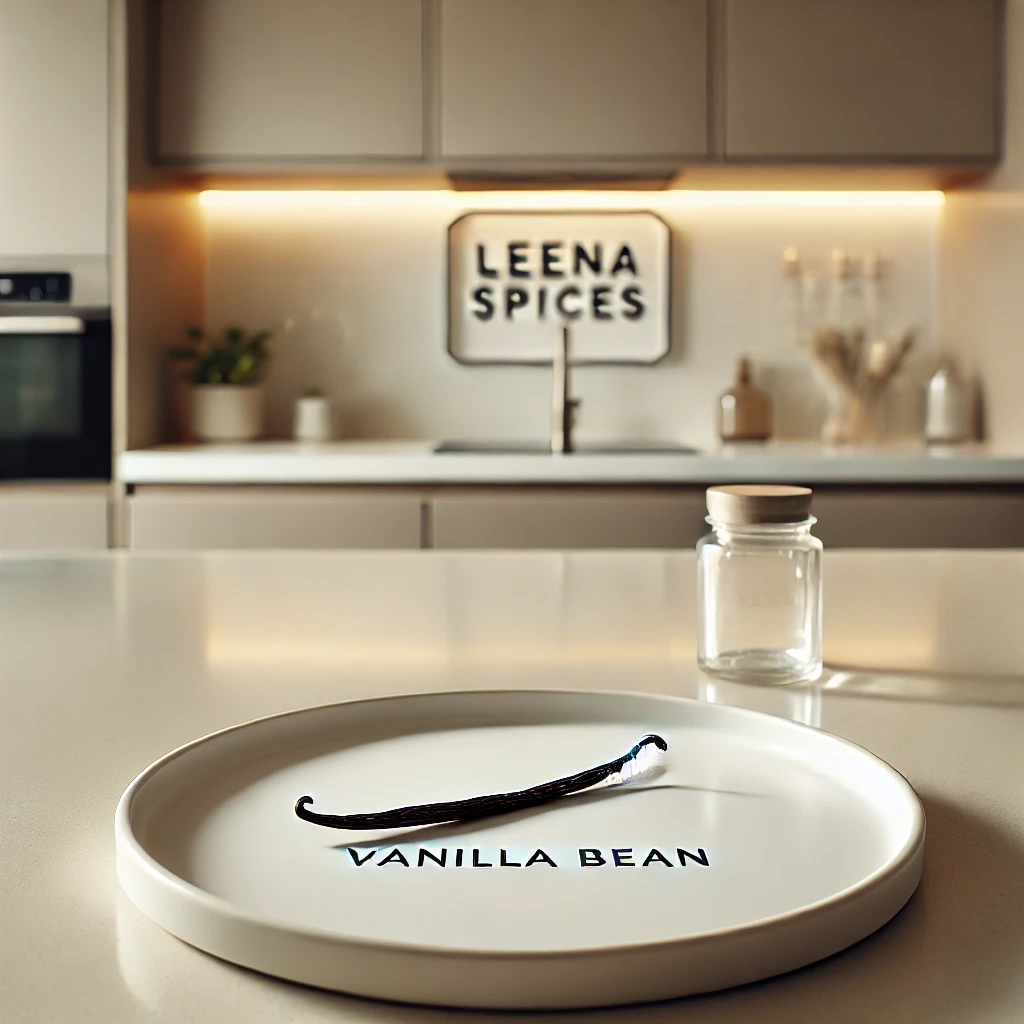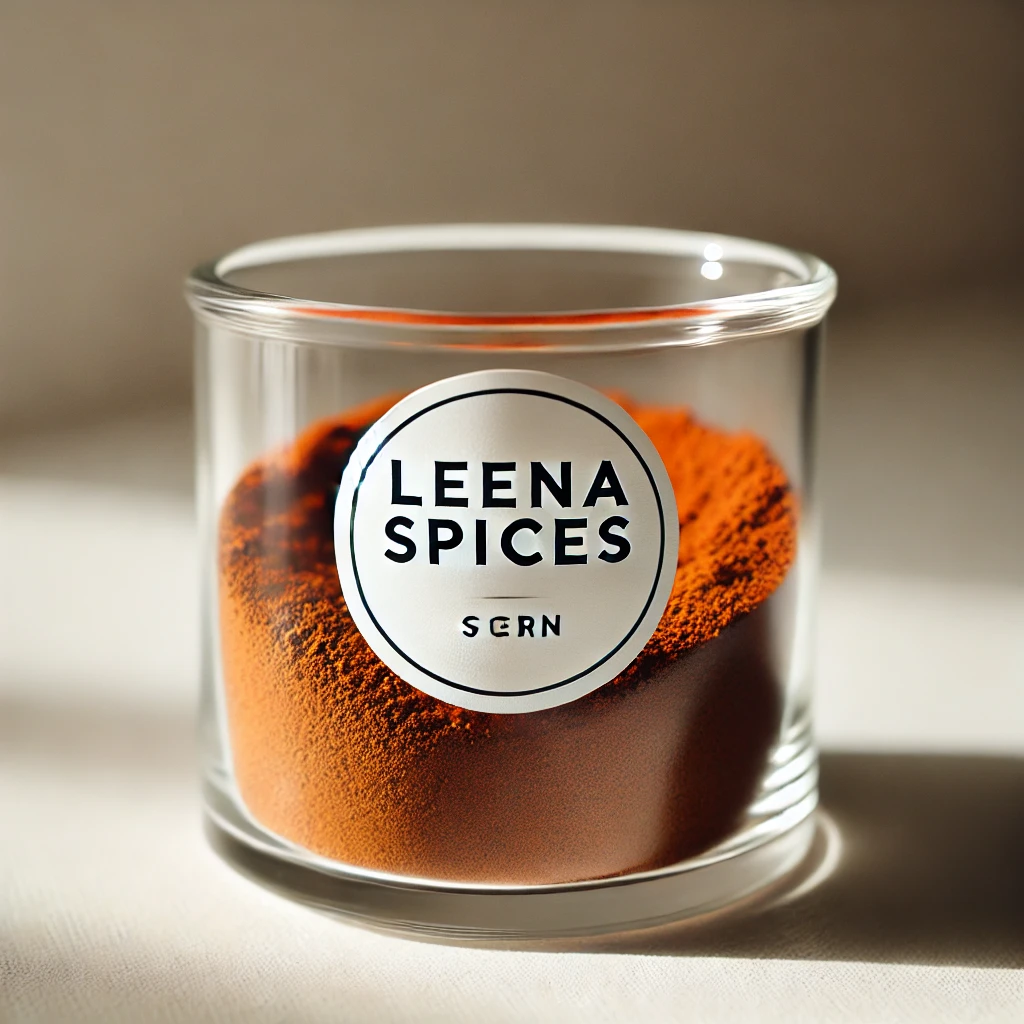5 Powerful Reasons to Love Oregano: Flavor and Kitchen Secrets
Table of Contents
- Introduction
- Key Takeaways
- What is oregano
- Different types of Oregano
- What does Oregano taste like
- How to store Oregano
- FAQs
- Conclusion
Introduction
Oregano is one of those timeless herbs that has earned a permanent place in kitchens around the world. Known as the “joy of the mountain” in its Mediterranean homeland, it carries an earthy, slightly peppery flavor and an unmistakable fragrance that can bring warmth and depth to any dish. From Italian pizzas and hearty pasta sauces to fresh Greek salads and spicy Mexican salsas, oregano’s bold personality shines across cuisines, proving its versatility time and again.
Whether you choose to use it fresh for a light, citrusy brightness or dried for a more concentrated, robust punch, oregano’s culinary magic is undeniable. Beyond its flavor, this humble herb also offers health benefits, from antioxidant support to aiding digestion, making it both delicious and functional.
Key Takeaways: Oregano
Q: Should I use fresh or dried oregano?
A: It depends on the dish. Use fresh oregano for bright, aromatic flavors in salads, garnishes, and quick-cooked dishes. Use dried oregano for robust, earthy flavors in sauces, stews, and long-cooked meals.
Q: When should I add oregano while cooking?
A: Add fresh oregano at the end of cooking or as a garnish. Add dried oregano early in the cooking process to allow its flavors to infuse.
Q: How do I substitute fresh and dried oregano?
A: Use 1 teaspoon of dried oregano for every 1 tablespoon of fresh oregano.
Q: How do I maximize oregano’s flavor?
A: Crush dried oregano between your fingers before adding to release its essential oils. Add fresh oregano at the last minute to preserve its aroma.
Q: What dishes pair well with oregano?
A: Italian, Greek, and Mexican dishes—such as pizza, pasta sauces, roasted vegetables, grilled meats, soups, and marinades. It pairs well with tomatoes, olive oil, garlic, lemon, cheese, and other herbs like basil and thyme.
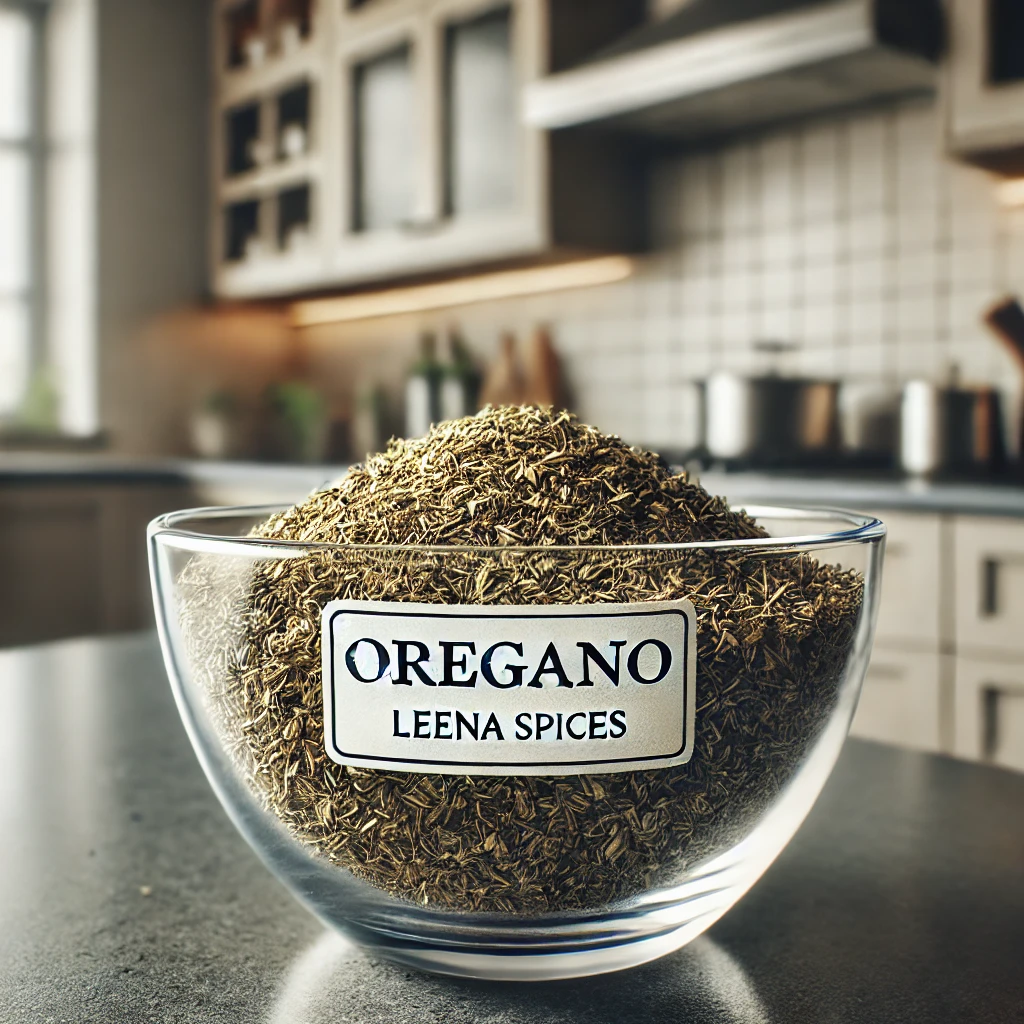
What Is Oregano?
Oregano, scientifically known as Origanum vulgare, is a perennial herb from the mint family (Lamiaceae) that has its roots in the Mediterranean region. The name comes from the Greek words meaning “joy of the mountain,” a fitting description of the herb’s bright and uplifting character. For centuries, oregano has been valued for both its flavor and symbolism, making it one of the most cherished herbs in kitchens and cultures around the world.
What are Different Types of Oregano
| Variety | Flavor Profile | Best Uses |
| Greek Oregano | Bold, peppery, slightly bitter with earthy and minty undertones | Greek salads, roasted meats, moussaka, pizza, rich tomato sauces |
| Italian Oregano | Milder, sweeter, herbaceous with a balanced flavor | Pasta sauces, pizza, poultry, lighter Mediterranean dishes |
| Mexican Oregano | Earthy, citrusy, slightly licorice-like with robust intensity | Tacos, enchiladas, chili, salsas, Tex-Mex dishes |
| Turkish Oregano | Spicy, intense | Kebabs, grilled vegetables, Middle Eastern spice blends |
| Syrian Oregano | Mild, sweet | Za’atar spice blends, dips, breads |
What does oregano taste like?
Oregano delivers a bold, earthy flavor with peppery undertones, a slight bitterness, and a pungent aroma that makes it instantly recognizable. Compared to its close relative marjoram which is known for being milder and sweeter, oregano is much stronger and better suited to hearty, robust dishes.
Fresh oregano tastes bright and grassy, while dried oregano is more concentrated, aromatic, and intense. This difference makes dried oregano particularly popular in long-cooked dishes such as sauces, stews, and roasts, where its essential oils have time to infuse and deepen flavors.
Oregano owes much of its distinctive taste to compounds like carvacrol and thymol, which give it that warm, spicy, and slightly medicinal edge. High-quality oregano grown in warm, dry climates tends to have the most intense flavor.
When cooking, fresh oregano is best added toward the end of the process to preserve its brightness, while dried oregano can be added earlier, allowing its oils to slowly release and meld with other ingredients.
Why does oregano taste bitter sometimes?
One of the main reasons is overuse. Oregano, particularly in its dried form, is very concentrated. Adding too much can overwhelm a dish and bring out harsher, bitter notes rather than the herb’s pleasant warmth and earthiness.
Quality also plays an important role. Old or poorly stored dried oregano loses its aromatic balance and leaves behind a stale, bitter taste. Fresh oregano can turn bitter as well if it is cooked for too long at high heat, since its delicate flavor compounds begin to break down. For this reason, fresh oregano is best added toward the end of cooking, while dried oregano can be added earlier and given time to release its oils gradually.
Improper handling can make matters worse. Crushing or grinding oregano excessively before use releases bitter oils, and burning the herb in hot oil or over direct heat produces unpleasant flavors.
How to Store Oregano for Maximum Freshness?
Oregano FAQs
Q: What is the difference between fresh and dried oregano?
A: Fresh oregano has a bright, aromatic, slightly citrusy flavor and is best for salads, garnishes, and quick-cooked dishes. Dried oregano is more concentrated, earthy, and robust, perfect for sauces, stews, and long-cooked meals.
Q: Can I substitute fresh oregano for dried, or vice versa?
A: Yes. Use 1 teaspoon of dried oregano for every 1 tablespoon of fresh oregano. Adjust to taste, as dried oregano is more potent.
Q: When should I add oregano while cooking?
A: Add fresh oregano at the end of cooking or as a garnish. Add dried oregano early in cooking to allow its flavor to infuse fully.
Q: How do I store oregano for the best flavor?
A: Store fresh oregano in the refrigerator, wrapped in a damp paper towel or in a jar of water, and use within 1–3 weeks. Store dried oregano in an airtight container in a cool, dark place for up to a year.
Q: Can I use oregano in non-Mediterranean dishes?
A: Absolutely. Oregano pairs well with beans, grilled vegetables, meats, and even some Mexican and Tex-Mex dishes, adding earthy, herbal depth.
Q: How do I get the most flavor from dried oregano?
A: Gently crush the leaves between your fingers before adding them to release their essential oils.
Q: What dishes go best with fresh oregano?
A: Salads, pasta, pizzas, vinaigrettes, pestos, roasted vegetables, grilled chicken, fish, and as a finishing garnish.
Conclusion
Oregano is a versatile and flavorful herb that can elevate a wide range of dishes, whether used fresh or dried. Understanding the differences between the two forms, knowing when to add them during cooking, and pairing them with complementary ingredients are key to getting the most out of this aromatic herb. Fresh oregano adds bright, vibrant notes to salads, garnishes, and quick-cooked dishes, while dried oregano delivers a robust, earthy flavor ideal for sauces, stews, and slow-cooked recipes.
By using oregano thoughtfully, choosing the right form, measuring carefully, and timing additions correctly you can enhance both simple and complex dishes, adding depth, warmth, and a signature herbal touch. With proper storage and attention to quality, oregano can become a staple in your kitchen, helping you create flavorful, memorable meals every time.

